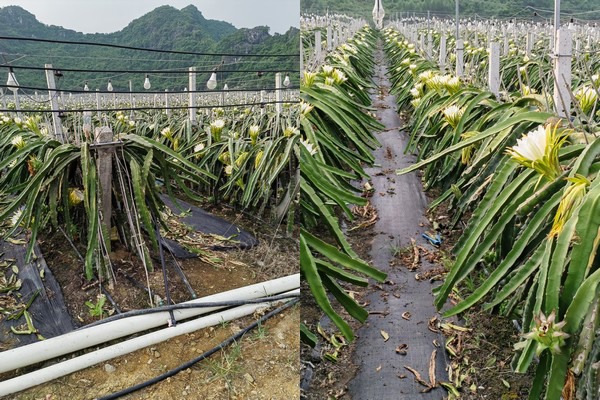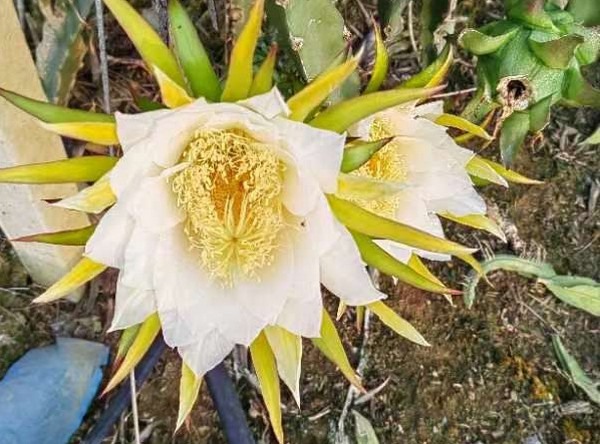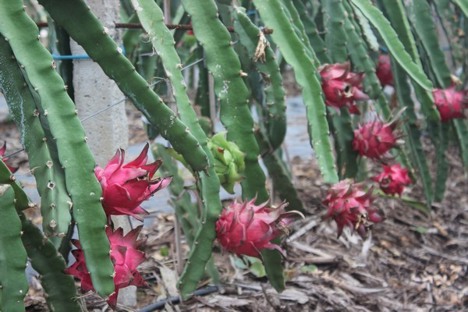Affected by the hot weather, the production of red dragon fruit in Guangxi production areas this season is expected to decrease by 30% compared to the same period last year. As the import of Vietnamese dragon fruit is blocked, the demand for domestic dragon fruit in the market has surged. Mr. Dong is a red-flesh dragon fruit grower in Nanning, Guangxi. He spoke about the recent domestic red-flesh dragon fruit production areas and market conditions to FreshPlaza.

Mr. Dong first introduced the situation in the fields: "Currently the first batch is being planted in the Guangxi production area. The weather in the Guangxi production area this year is extremely hot, causing many flowers to turn yellow and not bear fruit. Due to the recent weather, it is expected that dragon fruit production in Guangxi production areas will decrease by one-third compared with the previous season."
"This batch of fruit is expected to be on the market at the end of the month, but it is expected that the quantity will be very small. It is impossible to predict the market price at present. The market price mainly depends on the production of red-flesh fruit in Hainan and Zhenjiang production areas," Dong said.
"In terms of the market, retailers, supermarkets, hotels, KTVs, and beverage stores are the main sales channels for dragon fruit. After the pandemic, the domestic large-scale catering industry is gradually returning to normal, and the demand for dragon fruit has also picked up. We just finished selling fruits grown under artificial lights this month. The market for fruits grown under artificial lights is very good, and the price has reached ¥6/kg, which is very high for domestic dragon fruits."

When talking about the impact of imported dragon fruit on domestic fruit, Dong said, "Although the pandemic control has ended, due to other reasons it is still difficult to import from Vietnam to China. Customs clearance is slow. Imports are much lower than pre-pandemic levels.”
The Longyisheng base covers over 50 hectares of planting areas, with an annual output of about 2 million kilograms of red dragon fruits. "In appearance, the Vietnamese dragon fruit is darker in color, the scales are green, and the shape is more beautiful. The domestic dragon fruit is lighter in color, and the color of the scales is not very bright. In terms of taste, the sweetness of Vietnamese red heart fruit is 14%. -16%, while the sweetness of domestic fruit is 16%-20%, and the taste is better. In terms of price, domestic fruit has a lower yield and better taste, and the price is more expensive than Vietnamese fruit." Dong said. "Although the price of dragon fruit has soared recently and the market tends to be in short supply, many growers are on the sidelines and dare not rashly expand the planting area."











